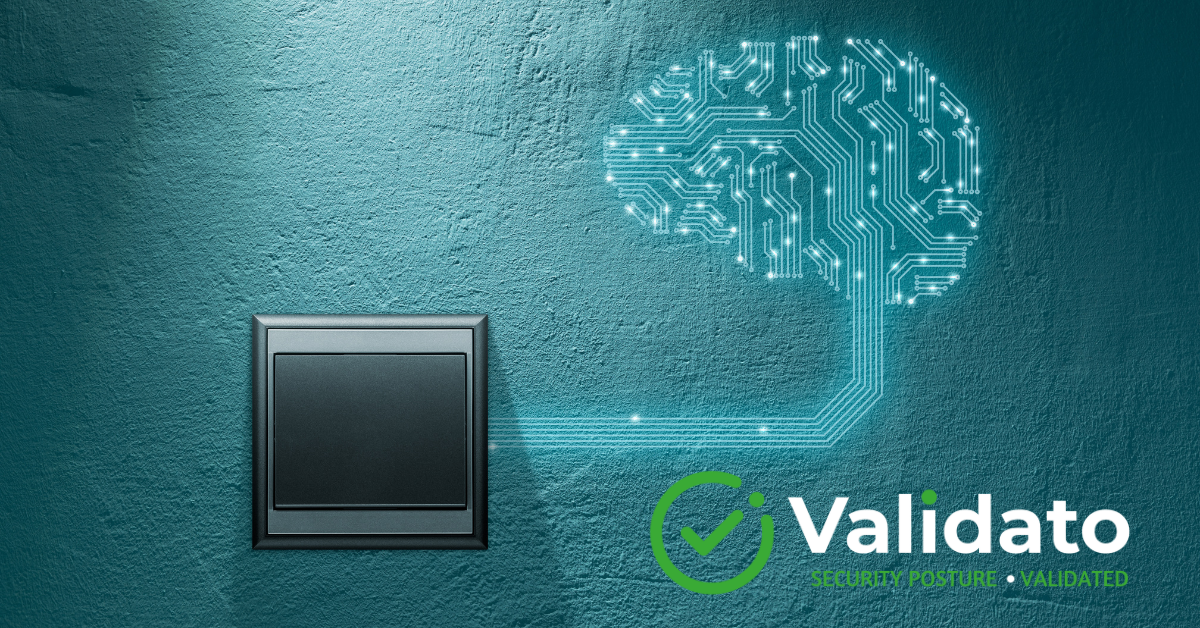The Evolution of Security: Moving Beyond Periodic Assessments
The time between testing and an actual attack provides ample opportunity for vulnerabilities to emerge. Continuous security posture validation changes this paradigm, offering organisations ongoing visibility into their defensive capabilities. Rather than wondering if your systems are secure, this approach provides concrete evidence of your preparedness against real-world attack techniques.
Key Takeaways:
- Traditional point-in-time security assessments leave organisations vulnerable during extended blind periods
- Continuous validation identifies misconfigurations and excessive privileges that attackers commonly exploit
- The MITRE ATT&CK framework provides a structured approach to validate defences against known threats
- Organisations implementing continuous validation see improved detection, faster remediation, and optimised security investments
- Automated security validation streamlines compliance with regulations like NIS2 and DORA
Understanding your security posture isn’t a one-time activity but a continuous journey of improvement to stay ahead of evolving threats.
Why Traditional Security Assessments Fall Short
| Limitations | Consequences |
|---|---|
| Point-in-time evaluations (annual/quarterly) | Extended blind spots between assessments |
| Manual processes and questionnaires | Time-consuming and prone to human error |
| Focus on compliance checkboxes | Miss context of real-world attack scenarios |
| Lack of continuous visibility | Security teams operate on assumptions, not facts |
During gaps between assessments, new vulnerabilities emerge, configurations drift, and privileges accumulate—creating potential entry points for attackers. Without empirical evidence of how security controls perform during actual attacks, organisations face significant risk as threat actors continuously adapt their techniques.
How Security Posture Validation Reduces Breach Risk
Continuous security posture validation directly addresses these limitations by providing ongoing assessment of defences against real-world attack techniques. This approach focuses on identifying the most common weaknesses that attackers exploit:
- Access vulnerabilities: Excessive user privileges that allow lateral movement within networks
- Configuration issues: Misconfigurations across Windows, Linux, and Mac environments
- Protection gaps: Weaknesses in endpoint protection systems
- Ransomware vectors: Vulnerabilities that enable malware deployment
By simulating the exploitation of MITRE ATT&CK techniques, validation reveals exactly how attackers might compromise your systems. For example, a test might expose how a minor Windows configuration setting allows credential theft—a critical early step in many ransomware attacks.
When weaknesses are identified through continuous testing, organisations can prioritise remediation based on actual risk rather than theoretical vulnerability scores, significantly reducing breach likelihood.
Aligning with MITRE ATT&CK for Practical Defence
The MITRE ATT&CK framework provides a comprehensive knowledge base of adversary tactics and techniques based on real-world observations. Security controls validation built on this framework enables organisations to:
Test defences against specific adversary tactics and techniques
Prioritise improvements based on actual attack patterns
Develop a threat-informed defence strategy
Validate controls across multiple security layers
This structured approach helps security teams move beyond theoretical vulnerabilities to focus on attack techniques that pose the greatest risk to their specific environments. Rather than addressing every possible vulnerability, organisations can implement strategic hardening targeted at the most likely attack paths.
Benefits of Continuous Security Validation
Organisations that implement continuous security posture validation experience several measurable benefits:
- Improved threat detection through visibility into previously unknown gaps
- More efficient remediation guided by clear, actionable information
- Reduced mean time to detect and respond to security incidents
- Greater confidence in security investments based on effectiveness evidence
- Clearer communication with executives about security posture and risk
In different environments, continuous validation identifies unique risks:
| Environment | Typical Findings |
|---|---|
| Windows | Excessive local admin privileges creating ransomware risk |
| Linux | Misconfigurations allowing privilege escalation |
| Mac | Application control gaps permitting malicious code execution |
Meeting Regulatory Requirements Efficiently
Regulatory frameworks like NIS2, DORA, and UK CSRA impose stricter requirements on organisations to maintain robust cybersecurity measures. These regulations often require regular testing and validation of security controls—exactly what continuous security posture validation provides.
Instead of approaching compliance as a separate workstream, organisations can use security validation to simultaneously:
- Improve actual security posture
- Generate documentation for compliance requirements
- Demonstrate ongoing security assessment activities
- Provide evidence of security effectiveness
This approach is particularly valuable for the 15 industries covered by NIS2, where automated validation delivers both compliance documentation and genuine security improvement—far more efficient than treating compliance as a checkbox exercise.
Optimising Security Investments Through Validation
One of the most significant benefits of continuous security posture validation is the ability to optimise security investments. By validating the effectiveness of existing controls, organisations can:
✓ Identify redundant or ineffective security tools
✓ Target investments to address actual security gaps
✓ Reduce overall security spending while improving protection
✓ Validate that new security investments deliver expected value
This approach transforms security spending from a cost centre to a strategic investment with measurable returns. Rather than adding more tools based on industry trends or vendor promises, organisations can make data-driven decisions about where to invest limited security resources.
Practical Steps to Start Security Posture Validation
Implementing continuous security posture validation doesn’t require a complete overhaul of existing security programmes. Begin with these practical steps:
- Identify critical systems and assets with highest impact if compromised
- Select key MITRE ATT&CK techniques relevant to your threat profile
- Implement automated validation testing against these techniques
- Establish regular testing cycles (weekly or monthly)
- Use validation results to prioritise security improvements
- Track progress over time through improved validation scores
The most effective approach focuses on testing against specific threats facing your organisation rather than attempting to validate against every possible attack technique. Start with high-priority areas like ransomware protection or data theft prevention, then expand validation coverage as your programme matures.
By focusing on continuous improvement based on validation results, organisations can progressively strengthen their security posture against the most relevant threats while optimising their cybersecurity investments.
If you’re interested in learning more, contact our expert team today.


